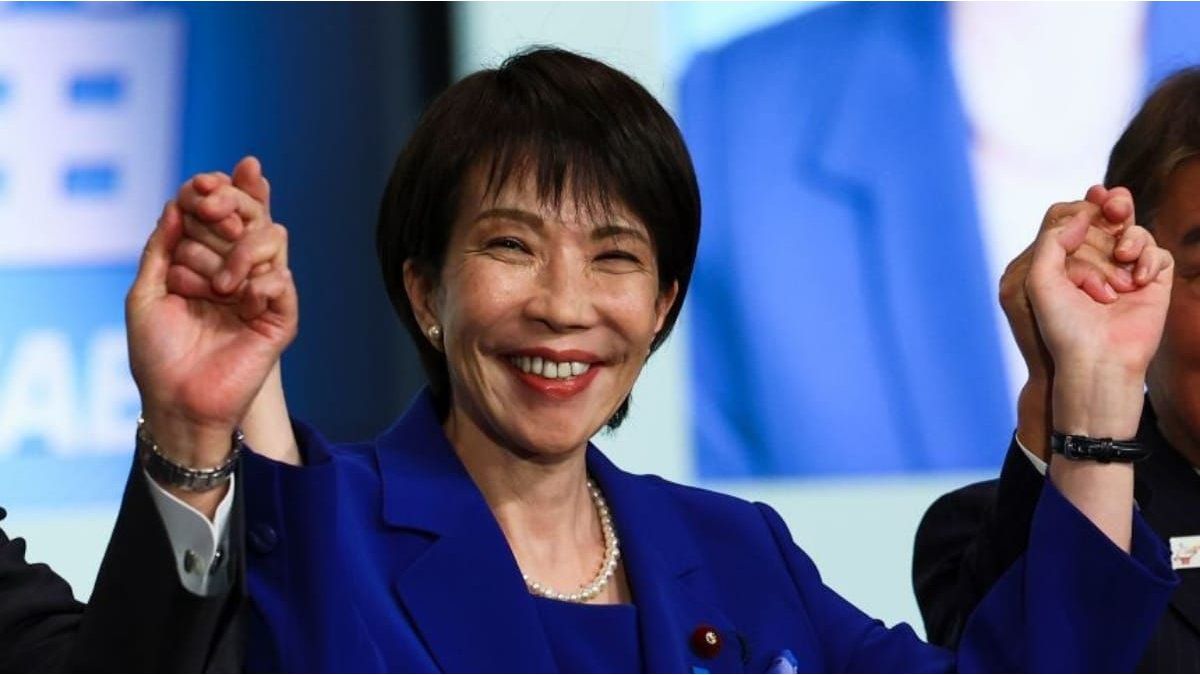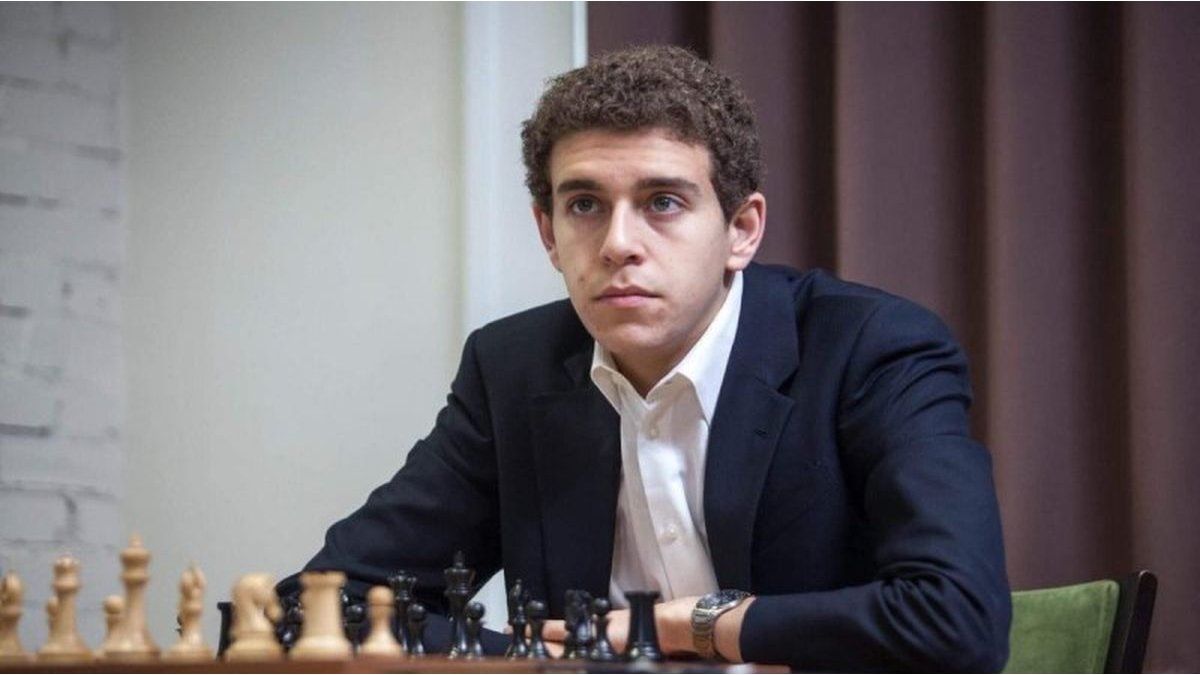David William is a talented author who has made a name for himself in the world of writing. He is a professional author who writes on a wide range of topics, from general interest to opinion news. David is currently working as a writer at 24 hours worlds where he brings his unique perspective and in-depth research to his articles, making them both informative and engaging.
Menu
Development Minister: Schulze in Odessa: Reconstruction in the middle of the war
Categories
Most Read
Conviction in Libya affair: Sarkozy begins imprisonment in Paris
October 21, 2025
No Comments
Ukraine war: Europeans: Front line must be the basis for Ukraine talks
October 21, 2025
No Comments
Nicolas Sarkozy: What awaits France’s ex-president in prison
October 21, 2025
No Comments
Reserve soldiers in action: US court allows National Guard deployment to Portland
October 21, 2025
No Comments
Migration: CDU social wing is critical of Merz’s words about the “cityscape”.
October 21, 2025
No Comments
Latest Posts

The Knowledge Economy reached record exports of US$9,685 million
October 21, 2025
No Comments
Between July 2024 and June 2025, knowledge economy exports reached a record of US$9,685 millionwhich consolidated the Knowledge Economy as the third export complex in

Who is Sanae Takaichi, the Iron Lady of Japan
October 21, 2025
No Comments
The politics Sanae Takaichi She was elected this Tuesday as Prime Minister of Japanbecoming the first woman to achieve this. Hard-line conservative, and follower of

Chess grandmaster Daniel Naroditsky dies at 29
October 21, 2025
No Comments
October 21, 2025 – 09:29 “Let us remember Daniel for his passion and love for the game of chess, and for the joy and inspiration
24 Hours Worlds is a comprehensive source of instant world current affairs, offering up-to-the-minute coverage of breaking news and events from around the globe. With a team of experienced journalists and experts on hand 24/7.

